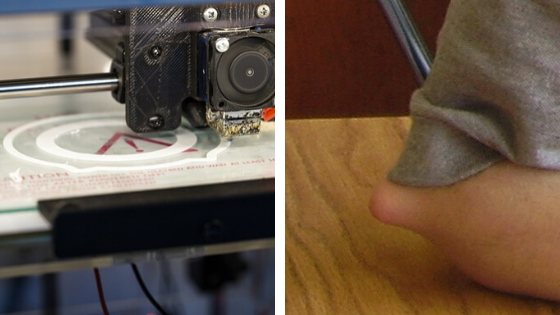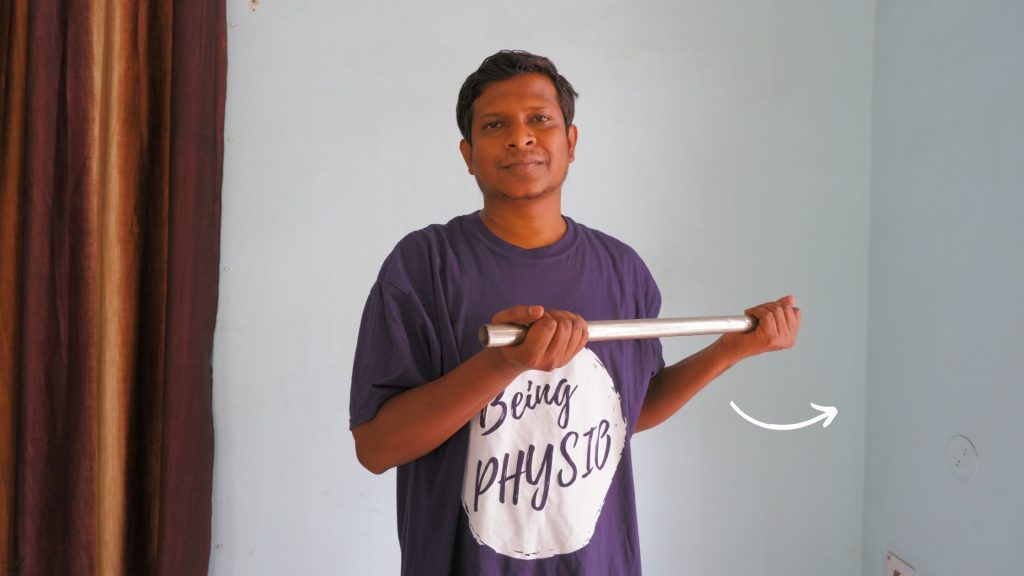Last updated on March 1st, 2025 at 11:13 am
- Contrast bath therapy is a form of hydrotherapy that involves alternating hot and cold water treatments.
- It is commonly used to treat pain, inflammation, and swelling.
- The therapy works by increasing blood flow and reducing inflammation.
- It can also help to improve circulation and promote healing.
- Contrast bath therapy is generally safe and can be done at home with minimal equipment.
Contrast bath therapy is very helpful in relieving hand and foot swelling. It involves dipping the treating body part into cold and hot water alternately, but we must know the proper method for doing it.
The proportion of time we need to dip in different temperatures affects the procedure’s outcome. We have already discussed how hot packs and cold therapy (cryotherapy) treat painful conditions.
But there are some conditions where only the application of a warm or cold pack will not work; we need a contrast bath. In this article, we will discuss how a combination of both hot and cold packs is effective in treating different conditions.
We will also learn the proper process of application of a contrast bath.
Table of Contents
Contrast bath instruction for feet and hand | Alternating heat and ice
Ice bath therapy is commonly used to treat acute injuries and prevent swelling and inflammation immediately after the injury. However, applying hot and cold temperatures in an alternating manner can have a very different effect on our bodies. This process is known as ‘contrast bath’ or ‘hot & cold bath’.
Contrast baths involve immersing the affected body part alternately in hot and cold water for a specified temperature, time, and duration to therapeutically decrease oedema, stiffness, and pain1.
To achieve the desired effect, it is essential to follow the proper hot and cold bath protocol.
For instance, if the goal is to reduce swelling/oedema, a particular protocol needs to be followed, and if the aim is to reduce pain, then it will have a different protocol. So, what is the method of applying hot and cold baths?
Step#1
Step#2
Step#3
Step#4
Contrast bath time ratio
Hot : Cold = 4 :1 (minutes)
How contrast bath therapy works
When we immerse a part of our body in hot water, it causes vasodilation. Vasodilation is the expansion of blood vessels and increases blood flow. On the other hand, a cold bath causes vasoconstriction, which is the constriction of blood vessels, resulting in decreased blood flow.
This means that a hot bath increases blood flow to the exposed body part while a cold bath decreases it. When we expose our body parts to alternate warm and cold temperatures, it causes alternate vasodilation and vasoconstriction.
This produces vascular exercise which is highly beneficial in reducing oedema or swelling.
What are the benefits contrast bath
Its main indication is
- Oedematous swelling, like swelling after 4-5 days of the injury.
- Post-operative (after surgery) swelling.
- Swelling and pain after the removal of
plaster cast in fracture case. Like hand swelling afterColle’s fracture.
Final word
Alternate hot-cold baths are commonly used in practice, particularly in the home. It’s a very good home remedy for oedema/swelling reduction in both the hands and foot. Still, I would suggest consulting your physiotherapist for more details on it before applying it.
Keep reading: Cryotherapy (cold therapy) benefits and risks
The author is a physiotherapist who has been practising for the last 17 years. He holds a Bachelor's in Physiotherapy (BPT) from SVNIRTAR (Swami Vivekananda National Institute of Rehabilitation and Research), one of the prestigious physiotherapy schools in India.
Whatever he learns dealing with his patient, he shares it with the world through blogs and e-books. He also owns a YouTube channel, "Sunit Physiotherapist" with over 8 lakh active subscribers. Here, he shares everything he gets to learn serving the patient.







Pingback: Hot or cold water for swollen feet: Which is more effective?
Pingback: Cryotherapy & its Benefits Risks|How to Apply : Physiosunit